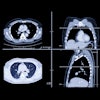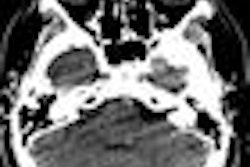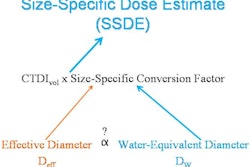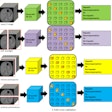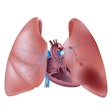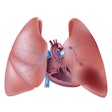While the 2010 cardiac CT angiography (CCTA) appropriateness criteria reduced the number of not classifiable patients compared to the 2006 criteria, interobserver variability is still a problem in CCTA, researchers from the Mayo Clinic in Rochester, MN, have concluded.
In a study involving 251 patients who had been previously classified using the 2006 CCTA appropriateness criteria, a team led by Dr. Ethany Cullen found the number of not classifiable patients dropped from 46% to 16% when the 2010 criteria were applied. Unfortunately, however, interobserver variability dropped only from 61% to 47%.
"Although the rate of patients not classifiable has decreased to an acceptable level, the interobserver variability remains concerning," the authors wrote in an article published on January 30, 2013, in the Journal of the American College of Radiology.
As in the earlier study that classified the patients using the 2006 criteria, two observers reviewed the records of the 251 patients and attempted to assign the patients' indications; however, this time they used the 2010 criteria. Data on the patients, who had undergone CCTA between June and December 2007, had been gathered in the initial study from the institution's billing database.
Different reviewers were used than in the first study, which had utilized a postgraduate year (PGY) 4 radiology resident and a PGY 4 cardiology fellow. The current study included a PGY 4 radiology resident and a PGY 2 internal medicine resident.
Those patients for whom no indications could be found were considered not classifiable. Any disagreements between the two observers were settled by a third observer.
|
Both differences were statistically significant (p < 0.001 for the number of patients; p < 0.002 for observer disagreement).
"These findings suggest that the 2010 [appropriateness criteria] are more clinically useful than the original 2006 criteria, although the persistently high level of disagreement between our reviewers is a concern," the authors wrote.
